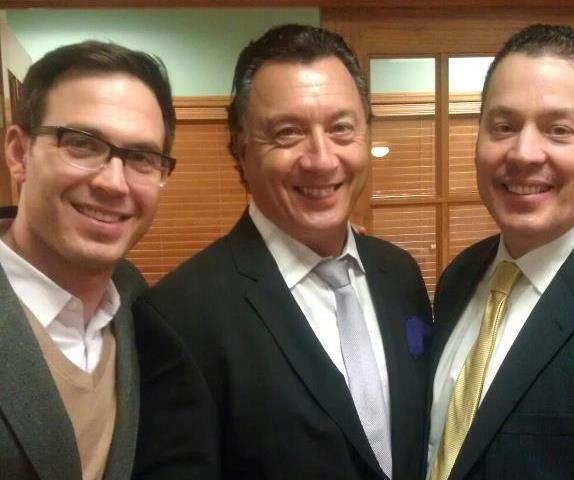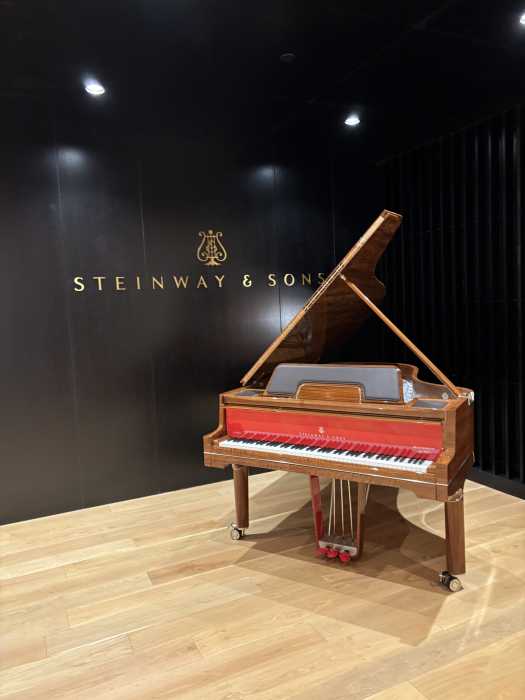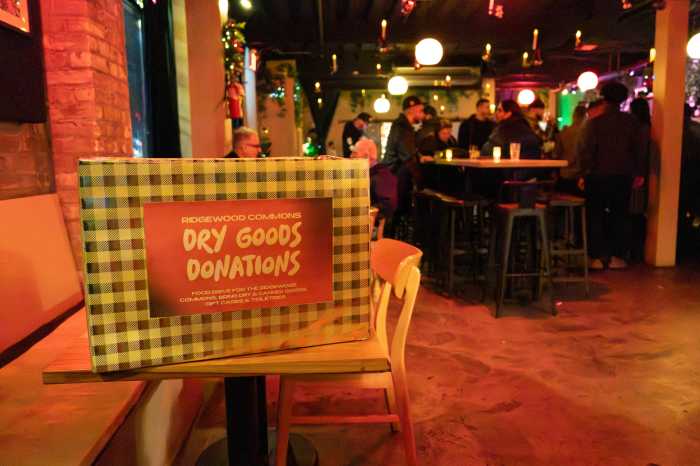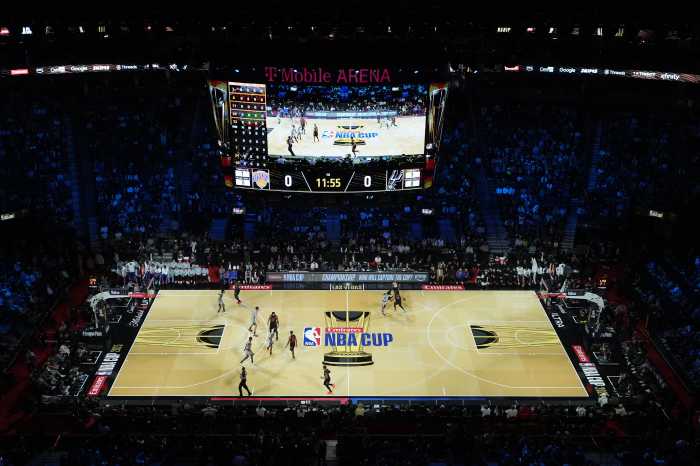Salvatore Crifasi, who started Crifasi Real Estate 35 years ago, has been a licensed New York real estate broker since 1974. Crifasi specializes in commercial and residential real estate and has worked for decades in Ridgewood. He is a member of numerous local organizations, including being president of the Middle Village Property Owners Association, president of the Middle Village Chamber of Commerce and a board member of the Queens Council of the Arts and the Forest Park Trust.
Crifasi recently talked with Real Estate Editor Liam La Guerre about the buzz in Ridgewood.
La Guerre: There is a lot of excitement about Ridgewood from a lot of people right? Why is that?
Crifasi: It has accessibility to public transportation, and the structures themselves were built in the ’20s and ’30s so they offer solid construction and there are reasonable prices considering the rest of the city. Prices are going up, obviously, but it’s still more affordable than other parts of the city.
La Guerre: What’s causing people to come to the neighborhood?
Crifasi: Restaurants are opening up now and honestly what I think they are seeing is a good neighborhood, a solid neighborhood, and the infrastructure is there. And looking around there are not too many communities that are left that can give you affordability in such a great neighborhood. You’ve got Myrtle Avenue shopping, you’ve got Fresh Pond Road shopping, you’ve got the M train, and you’ve got the L train. There are a lot of advantages.
La Guerre: What is holding up the big development in Ridgewood, like Long Island City or Williamsburg?
Crifasi: Years ago, probably back in the early’ 80s, they were trying to make Ridgewood a historical district and technically if you look at the neighborhood we have more historical homes and buildings in Ridgewood than many parts of the city. There are not that many vacant properties remaining, so there is not a lot of land left in Ridgewood, and the zoning does not allow for a high-rise to be built. It wouldn’t make sense to knock down a two-story building to build a three-story building.
La Guerre: Do you think there could be an upzoning sometime in the future?
Crifasi: No, I think they downzoned it because they wanted to keep the character of the neighborhood. And we have a pretty dense housing stock already there. Everything is built, unless you convert factory-style buildings.
La Guerre: What do you think about the young people moving into the area?
Crifasi: Again, it goes back to affordability. They can buy a one-family with a yard for up to $750,000, where you can’t buy a one-family—you can’t even buy a two-bedroom condo or even a one-bedroom condo in Williamsburg for that price.
La Guerre: But because of this migration, people have been calling Ridgewood the “new Brooklyn.” Is it the new Brooklyn?
Crifasi: It’s good publicity. I think Ridgewood is Ridgewood. Ridgewood has always been Ridgewood to me. Originally there were a lot of immigrants. It was Italian, it was German, now there is a lot of Polish moving in, and it’s also being discovered by young professionals that have families now. They don’t want to live in Williamsburg and Greenpoint anymore or even Manhattan, and they don’t want to move to the suburbs. That’s why Ridgewood has become so demanding right now.
La Guerre: Where do you see Ridgewood in about five years or so?
Crifasi: I see Ridgewood as the new Brooklyn. (Laughs) You’re going to see more restaurants. A lot of people that used to live in Ridgewood are moving back.
RECOMMENDED STORIES
- Sunnyside movie theater closing for residential development
- Queens Chamber celebrates winners of annual building awards
- 14-story hotel and residential mixed-use building planned for Flushing



































